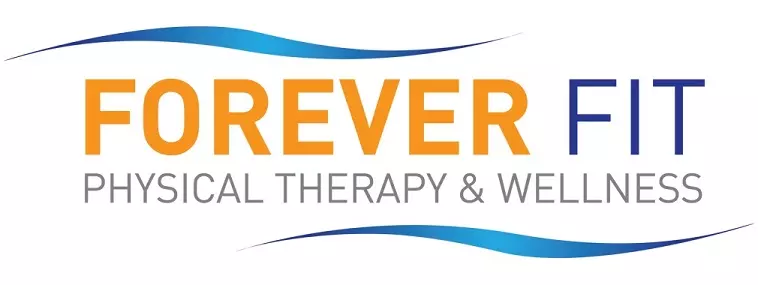You’ve heard the phrase, “pain in the neck” for something that is frustrating, but what about “pain in the back?” If you have trouble bending down to pick up something you dropped or can’t lift heavy items without feeling pain in your lower back, you’re not alone.
It’s estimated that up to 80% of adults experience lower back pain at some point in their lives. Back pain can often feel like a lingering and unwelcome guest, but asking it nicely to leave won’t make it go away.
Trying to figure out what’s causing your lower back pain? Physical therapy may be able to solve your mystery by helping identify your back pain’s origin. After narrowing down some potential causes, a physical therapist can work with you to create a treatment plan designed to address your specific pain points and outline how long your recovery may take.
What exactly makes up your lower back?
Your lower back is considered the lumbar region of your spine. This spinal region is made up of five vertebrae and is situated between your thoracic region (the section of the spine at the level of your chest) and your sacrum (single bone at the base of the spine). You have large muscles in this area that help support the movement of the lower half your body. If these muscles become strained, it can cause you pain in your lower back.
Common causes of lower back pain
Unlike when you have a broken bone, it may not be obvious why you’re feeling pain in your back above your right buttock. You may have one of several conditions that could be causing your pain. Some potential causes for your lower back pain include:
-
Herniated discs
In adults under 60, disc herniation is the most common cause of lower back pain. A herniated disc occurs when the soft center of a spinal disc pushes through a crack in its tougher exterior casing. This escaping tissue can irritate nearby nerves and lead to discomfort, numbness, or weakness in the lower back and legs.
-
Prolonged or repetitive posture
If you’re like most people, chances are your posture could use some help. Whether you’re sitting down or walking, prolonged or repetitive postures can cause your body to be out of sync. When this happens, your body redistributes pressure elsewhere to compensate, such as the right side of your lower back.
-
Pinched nerves
This issue occurs when a nerve becomes compressed in your lumbar region. When this happens, you may experience pain, numbness and even weakness in the affected region. Herniated discs is a common cause of pinched nerves.
-
Muscle strains and sprains
The list of causes here could be endless. Muscle strains can happen from the simplest of bending or pulling movements in your lower back. Sometimes you could sit in a chair the wrong way or try to pick up an object that’s a little too heavy. While it may be difficult to prevent these types of muscle injuries, being mindful of your posture and your body’s range of motion can help limit serious future reinjuries.
-
Lumbar vertebrae fractures
If you break one or more of the five vertebrae in your lumbar region, you will most likely experience persistent, nagging lower back pain which may require a more extensive treatment plan than one created for a simple muscle strain.
If you feel as if your lower back pain is attributed to a more serious injury or ailment, don’t wait to seek prompt, medical attention from your doctor.
4 physical therapy techniques that may reduce your lower back pain
-
Dry needling
This can be an effective technique when you’re dealing with musculoskeletal conditions such as your lower back pain. After locating the trigger points in your back, a licensed physical therapist will carefully insert a dry, sterile needle into your muscles. This can help relieve some of the stiffness and tension in your back that may be contributing to your pain.
-
Manual therapy
As the name suggests, a licensed physical therapist will use their hands to try to manipulate the back muscles to reduce muscle tension and reduce inflammation that’s present. Manual therapy is not a one size fits all, and depending on your level and location of pain, there are different techniques within manual therapy that may be better suited for your needs.
-
Graston Technique®
This is an instrument-assisted soft tissue mobilization technique where a licensed physical therapist will use a specialized stainless steel tool to help mobilize any inflamed soft tissues that may be causing your back pain. This technique is a great way to identify areas of dysfunction in your lower back and allows your physical therapist to manipulate the soft tissue with the instrument. Using this technique, they can help reduce the protective tension that may be present in your lower back muscles.
-
Therapeutic exercise and stretching
The importance of strengthening and stretching exercises cannot be overlooked when you’re dealing with lower back pain. Many of these exercises and stretching techniques can be incorporated into your home exercise routines and provide a low impact solution to gently stretching out any tightened muscles and also strengthening these muscles to help prevent future reinjury.
Your lower back pain no longer needs to be part of the status quo. At Forever Fit, we understand that pain exists along a spectrum, and our highly specialized staff is ready to work with you to help provide as much relief as possible.
Ready to sign up for your initial back pain PT appointment with us? Fill out an appointment request form here or give us a call to set up your appointment.

